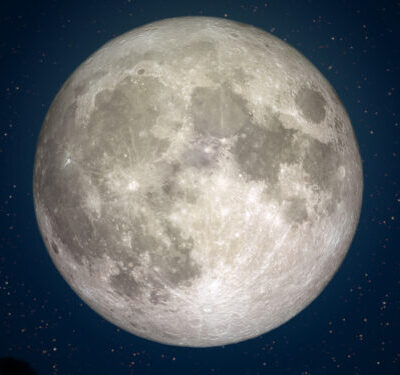
Space is both a strange and awe-inspiring realm. Despite the significant strides we’ve made in the past 60 years in our understanding of space, there remains an overwhelming amount we still don’t know. Mars has been the focal point of scientific interest in recent decades, often seen as a planet brimming with potential. It’s the only planet we’ve sent a rover to, and our fascination with it continues to grow. A recent photograph is fueling even more excitement among scientists about what Mars could hold.
At first glance, the photo seems unremarkable—just a simple crater with an opening at the top and a shadow within. It was taken by the HiRISE camera aboard the Mars Reconnaissance Orbiter, which, while orbiting Mars, has captured some truly stunning and unexpected images that continue to reveal more about the planet than we ever thought possible.
However, this particular image has sparked more enthusiasm than any of the others. The reason for this surge of excitement is the possibility that this could be the best place to search for life on Mars. The surface of Mars is an inhospitable environment for life, making it unsurprising that no life has been discovered there yet. For years, scientists have speculated that if life does exist, it may be found underground or in some sort of protected space.
The photograph seems to show just such a potential location for life. While the image depicts a typical crater, the shadow inside it suggests the existence of a cavern beneath. This cavern could have provided shelter from the harsh external conditions, making it a potential haven for life to develop. The cavern is estimated to be 115 feet wide and 66 feet deep, though it could extend even deeper below the surface.
This discovery is precisely what scientists have been hoping for from the Mars Orbiter. While some may have dreamt of spotting a Martian riding a bizarre creature across a mountainous plain, such a scenario was never realistic. This, however, is the most thrilling development we could have asked for. Up until now, many have claimed that Mars is far too harsh a planet to support life. Now, however, there is clear evidence of a place on Mars that is less extreme than the rest of the planet.
Whether this crater has existed long enough to foster the development of life, or whether its interior could sustain life at all, remains to be determined. However, one thing is certain: if we were to send another robotic instrument, such as a Mars Rover, we now know exactly where to send it. The rover could be dispatched to this crater to collect soil samples, capture photographs, analyze any potential biodiversity, if present, and send its findings back to Earth.
Scientists have already speculated that there may be enough chemical elements underground that could facilitate life. While they only expect to find simple, sponge-like organisms, this would still be a monumental step. We could be on the verge of discovering extraterrestrial life for the first time in history. This incredible discovery could mark the beginning of a new era in science.
Even if life isn’t found, the cavern presents numerous other possibilities. There will likely be a wealth of information to gather about Mars’ history, and exploring its interior could provide critical insights into the planet’s composition, helping us understand it in greater detail.











